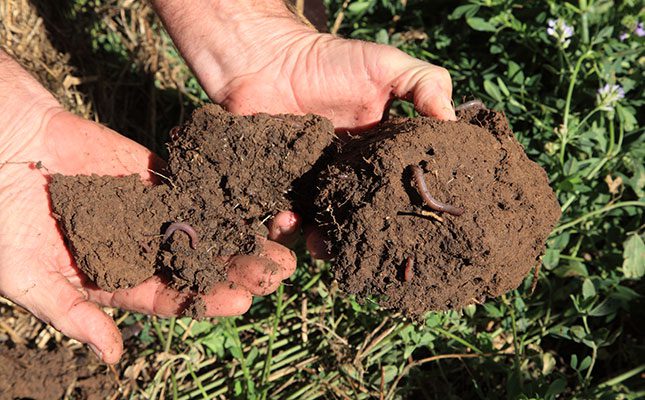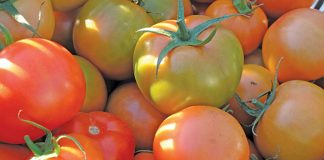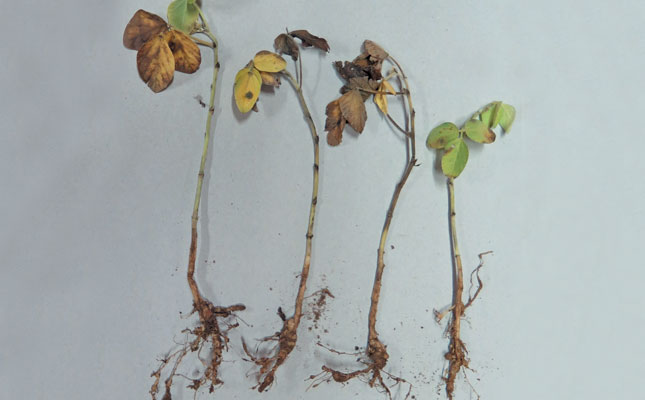
Corrie Swanepoel, vice president of the Soil Science Society of South Africa, said the theme was highly suited to South Africa, because of the country’s dry climatic conditions. South Africa’s average rainfall averages around 460mm per year, which is half of the world average.
Arable land is almost as scarce as water in the country, with the biggest part of the land being more suited for grazing than crop production.
READ Management: the key to improving soil health
Swanepoel pointed out that only 13% of South Africa’s land was arable, with a mere 3% being of high quality.
“Soils in South Africa is often either too steep, shallow, stoney, acidic or alkaline. On top of this, some soils are highly erodible, has a low organic content and low nutrient status, and thus requires high inputs, such as lime, fertiliser, irrigation and contours, to be productive.”
Competition for land and water due to urbanisation, overgrazing and poor land management, which lead to erosion and bush encroachment, are adding pressure on agricultural resources.
South African farmers, despite these serious challenges, are managing to successfully cultivate numerous crops.
“We can be proud of our farmers. The innovative and pro-active way in which they approach soil health is highly encouraging, and resulting in a more sustainable and resilient agriculture sector.”
READ Call up your soil microbe army and win the battle for profit!
She said the shift from conventional to conservation farming methods, such as regenerative agriculture and conservation agriculture, could contribute to future sustainable farming.
Conservation farming is built on three principles: minimal soil disturbance; diversified cropping systems; and the use of organic soil cover to buffer the soil against extreme temperatures, build carbon levels and reduce evaporation.
By applying these principles simultaneously, conservation farming effectively conserves and builds up soil organic matter, which in turn helps to improve soil health and quality, as well as the water holding capacity of soil.
According to Swanepoel, a recent study showed that conversion to conservation agriculture could increase organic carbon by about 17% in seven years. Considering the naturally low carbon content of South Africa’s soils, this increase might seem small, but with the extensive areas under cultivation in South Africa, it could result in a significant contribution towards climate change reduction targets.
Regenerative agriculture is based on the same principles, but places extra emphasis on livestock and grazing inclusion that effectively increases carbon sequestration and facilitates soil health and nutrient cycling.
Swanepoel said there are several challenges in implementing conservation agriculture in a semi-arid country. Farmers, for instance, often complain that they do not have enough water, because of low rainfall, to support the biomass production needed to create effective organic soil cover and soil organic matter to sustain or build up carbon in the soil.
In some areas, the competing needs for biomass (soil cover versus fodder for livestock) also limits the effectiveness of the conservation agriculture system.
However, Swanepoel said there are many interesting and effective interactions in a regenerative agriculture system.
“Crop rotations that include pastures are highly effective in restoring organic carbon and improving soil health. Intercropping with grazing vetch, for instance, which utilises the last moisture of the season and allows for annual maize crops, was highly successful in most research trials.”












